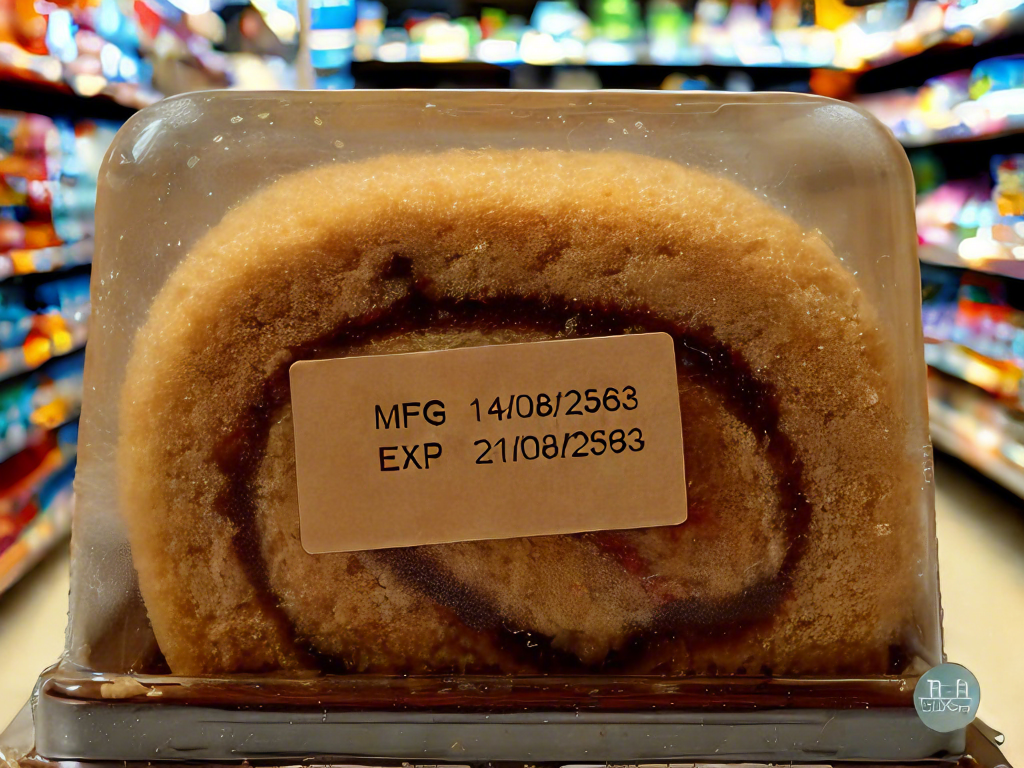In a bold move to combat food waste, President Joe Biden unveiled the National Strategy on Reducing Food Loss and Waste and Recycling Organics on June 12, 2024. The strategy highlights that the average American family of four wastes $1,500 annually on uneaten food. According to Jim Jones, Deputy Commissioner of the U.S. Food and Drug Administration (FDA), approximately 20% of this waste stems from confusion over food date labels, such as "sell by," "use by," "best before," and "expiration" dates. To address this issue, the FDA, U.S. Department of Agriculture (USDA), and U.S. Environmental Protection Agency (USEPA) launched a joint initiative in October 2024 to explore reforms to food labeling practices. From December 4, 2024, to February 3, 2025, the agencies are soliciting public feedback through the Request for Information (RFI) platform to determine how to improve labeling and reduce food waste.

Key Goals of the National Strategy
The National Strategy on Reducing Food Loss and Waste and Recycling Organics aims to halve food loss and waste by 2030, mitigate its environmental impact, and lower costs for American households. The strategy focuses on four primary objectives:
Preventing Food Loss: Reducing food loss at the production and distribution stages.
Preventing Food Waste: Minimizing food waste at the consumer and retail levels.
Increasing Organic Waste Recycling: Enhancing the recycling of organic waste materials.
Supporting Policy Initiatives: Encouraging policies and programs that address food loss, waste, and organic recycling.
The strategy includes legislative measures, educational campaigns, and funding programs to raise awareness and incentivize businesses and individuals to adopt sustainable practices.
The Problem with Food Date Labels
The FDA, USDA, and USEPA have identified inconsistent food date labeling as a significant contributor to food waste. Deputy Commissioner Jim Jones noted that the lack of standardized labeling terms—such as "sell by," "use by," "best before," and "expiration"—often confuses consumers, leading them to discard food prematurely. Currently, the U.S. government does not mandate uniform labeling standards, allowing manufacturers to use any terminology as long as it is not misleading.
To address this, the agencies are seeking public input on several key questions:
For Manufacturers: What products include date labels? What criteria are used to determine the type of label? What challenges do manufacturers face in establishing or changing date labels?
For Retailers: How do retailers decide when a product is no longer sellable?
For Consumers: How do consumers interpret date labels? Do they believe these labels indicate food safety? How do they determine whether food is still edible?
Overwhelming Public Response
Within just six days of launching the RFI on December 4, 2024, the agencies received over 9,800 public comments. Many respondents called for the government to standardize food date labeling, arguing that the current variety of terms leads to unnecessary food waste. Consumers expressed frustration that perfectly good food is often discarded simply because it has passed the date printed on the package, even if it remains safe to eat.
Next Steps and Future Implications
The public comment period will remain open until February 3, 2025. The feedback gathered will inform potential regulatory changes, consumer education campaigns, and guidance for manufacturers and retailers. The ultimate goal is to reduce premature food disposal and promote a clearer understanding of food date labels.
This initiative aligns with broader efforts to address climate change, as food waste in landfills generates methane, a potent greenhouse gas. By tackling food waste, the Biden administration aims to reduce environmental harm, save households money, and create a more sustainable food system.
As the U.S. moves toward a more standardized approach to food labeling, this strategy could serve as a model for other countries grappling with similar issues. The outcome of this initiative will be closely watched by policymakers, industry leaders, and consumers alike, as it has the potential to reshape how we think about food safety, waste, and sustainability.























